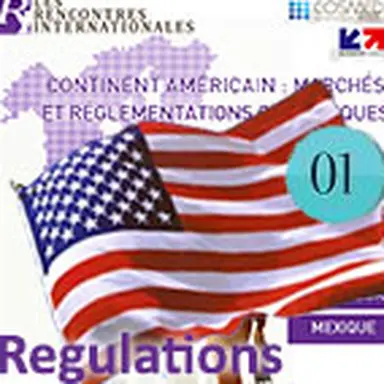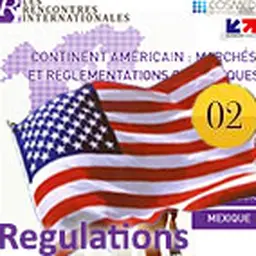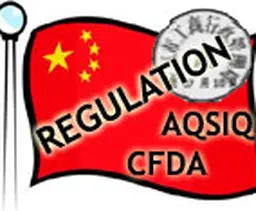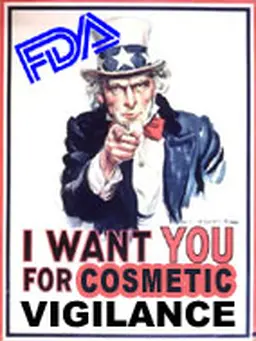
Specific status for colourants, distinction between ‘simple’ products and OTC drugs…. American cosmetics regulations involve very different specificities from those in the European Regulation. Linda M. Katz, Director of the FDA’s Office of Cosmetics and Colors, presented them at the International Congress organized by Cosmed on June 10, 2016.
The first specificity of American regulations is the distinction between ‘simple’ cosmetics and OTC Drugs. Unsurprisingly, Linda M. Katz started her presentation with them.
Cosmetics vs OTC Drugs
Cosmetics
They are defined by the Federal Food, Drug, and Cosmetic Act (FD&C Act), Section 201 (i). They are mainly products intended to cleansing, beautifying, promoting attractiveness, altering the appearance. Included in this definition are products such as skin moisturizers, perfumes, lipsticks, fingernail polishes, eye and facial makeup preparations, shampoos, permanent waves, hair colors, toothpastes, and deodorants.
It should be noted that soap is excluded from this definition: the FDA interprets the term 'soap' to apply only when
• The bulk of the non-volatile matter in the product consists of an alkali salt of fatty acids and the product's detergent properties are due to the alkali-fatty acid compounds, and
• The product is labelled, sold, and represented solely as soap
Drugs
They are defined by the FD&C Act, Section 201 (g), and include products intended:
• For use in the diagnosis, cure, mitigation, treatment, or prevention of disease
• To affect the structure or any function of the body of man or other animals
Obviously, the term OTC – Over-The-Counter – refers …










